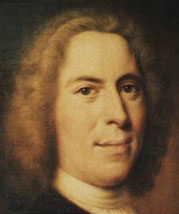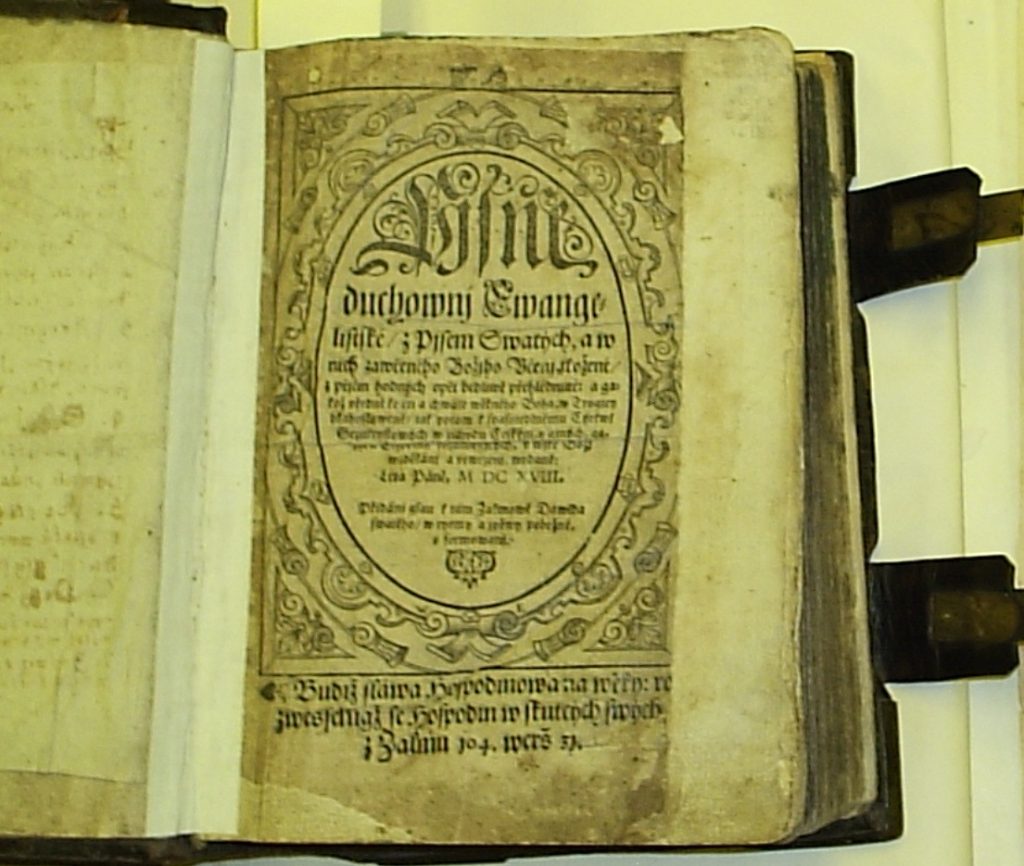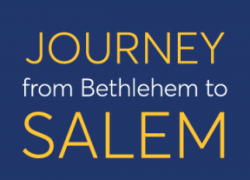October 17 history blog post: One of a series of short essays to provide the cultural, political and geographical context for the 1766 travelers.
Salome Meurer’s journal describes each day of the 1766 journey, and it quickly becomes clear how important music was to the daily life of Moravians. Here are excerpts from the first day of the journey, October 2, 1766:
Brother Etwein tried all means to comfort us. He said, among other things, that he had always wished to hear us singing like children, as we go from place to place — like pilgrims. But he had never had the chance until now. Then he began to sing, “0 let thy sufferings go with us every step of the way. Tell thine angel to come and watch over thine own.”
As we sat down together to eat, the woman of the house asked us to sing a verse. We then sang, “With all my heart I love thee, O Lamb,” and after eating, “Now we thank thee God, for thou doest such great good.” Then she said that never in her life had she heard such beautiful singing as that of the young girls from Bethlehem. They do not wail but sing so clearly and gently. That made us feel good.
As we lay down to sleep Brother Etwein sang “Take us into thy Grace.”
In that one day, the traveling group sang hymns four times. In fact, on many days throughout the journey, Salome writes about the girls singing throughout the morning while walking and of “singing hours” in the evenings.

Moravians believed that music, and especially singing, was a key aspect of leading a spiritual life and the primary way to express spiritual truth. In the 1700s, an important part of education was memorizing hymns, both words and music. The congregation would frequently hold Singstundes or “singing hours.” During a singing hour, a leader selects stanzas from a number of hymns to convey a theme or an aspect of Christian faith. The leader would begin singing, and the congregation would recognize the hymn and join in. The leader would then begin another verse, and the congregation would follow. As they sang each stanza, the theme would become clear. Modern-day lovefeasts are outgrowths of the Singstunde.
Nola Knouse, director of the Moravian Music Foundation, explained that Count Nikolaus Ludwig von Zinzendorf (1700-1760), leader of the Moravians, saw music as a form of communication directly to the heart. “The heart may know what the mind cannot understand,” was an observation offered by Zinzendorf. He also believed that you could measure the health of the congregation by its enthusiasm and participation in congregational singing.

Resources:
Nola R. Knouse, “Moravian Music 101”
Aaron S. Fogleman, “Women on the Trail in Colonial America: A Travel Journal of German Moravians Migrating from Pennsylvania to North Carolina in 1766,” Pennsylvania History, Vol. 61, No. 2, April 1994
